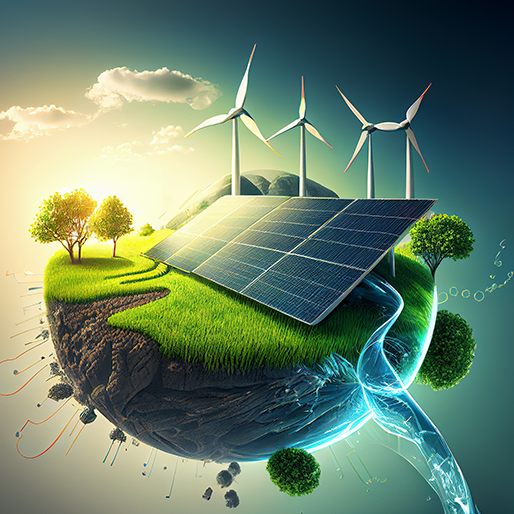In 2025, the tech industry is witnessing a series of groundbreaking trends that are set to reshape our world. From quantum computing to the low-altitude economy, these technologies are not only driving innovation but also creating new opportunities for businesses and individuals alike.
Top Tech Trends in 2025
Quantum Computing Quantum computing is poised to make significant strides in 2025. According to a report by Gartner, quantum computing is expected to move from theoretical concepts to practical applications, with several companies announcing breakthroughs in quantum algorithms and hardware. This technology has the potential to revolutionize fields such as cryptography, materials science, and artificial intelligence.

Low-Altitude Economy The low-altitude economy is another trend that is gaining momentum. Driven by advancements in drone technology and supported by favorable policies, this sector is expected to see rapid growth in 2025. Applications range from logistics and transportation to aerial photography and surveillance, offering new business models and revenue streams.
AI Applications AI continues to be a dominant force in the tech industry. In 2025, we will see more AI applications being deployed across various sectors, including healthcare, finance, and education. The development of more sophisticated AI models and the increasing availability of data will drive further innovation and adoption.
End-Side AI End-side AI, which focuses on bringing AI capabilities to edge devices such as smartphones and wearables, is also on the rise. This trend is driven by the need for real-time processing and reduced latency, enabling more responsive and personalized user experiences.
Human-Shaped Robots Human-shaped robots are becoming more sophisticated and are expected to play a larger role in industries such as manufacturing and healthcare. Companies like Tesla are leading the way with their Optimus robot, which is set to enter mass production in 2025.
Intelligent Driving Intelligent driving technology is advancing rapidly, with higher levels of autonomy being achieved. The development of end-to-end AI models and the increasing adoption of smart infrastructure will drive further progress in this area.
New Energy The new energy sector is undergoing a transformation, with outdated capacities being phased out and new technologies emerging. This trend is driven by the need for sustainable energy solutions and the increasing efficiency of renewable energy technologies.
First-Launch Economy The first-launch economy, which focuses on creating new consumer experiences and business models, is gaining traction. This trend is driven by the increasing demand for innovation and the need for businesses to differentiate themselves in a competitive market.
Challenges and Opportunities While these trends offer significant opportunities, they also pose challenges. For example, the rapid development of quantum computing raises concerns about data security, and the growth of the low-altitude economy requires robust regulatory frameworks to ensure safety and efficiency. Businesses and policymakers need to address these challenges to fully realize the potential of these technologies.
Conclusion The tech trends of 2025 are set to drive significant changes across various industries. From quantum computing to the low-altitude economy, these technologies offer new opportunities for innovation and growth. By staying updated with these trends and addressing the associated challenges, businesses and individuals can position themselves for success in the future.
Hot Questions and Answers:
- What are the potential applications of quantum computing in 2025?
- Quantum computing is expected to be applied in fields such as cryptography, materials science, and artificial intelligence, enabling more complex calculations and simulations.
- How will the low-altitude economy impact logistics and transportation?
- The low-altitude economy will revolutionize logistics and transportation through the use of drones, offering faster and more efficient delivery services.
- What are the key drivers of AI adoption in 2025?
- The key drivers of AI adoption include the development of more sophisticated AI models, the increasing availability of data, and the growing demand for automation in various industries.
- What challenges does end-side AI face in 2025?
- End-side AI faces challenges such as limited processing power and battery life on edge devices, which need to be addressed to fully realize its potential.
- How will human-shaped robots transform the manufacturing industry?
- Human-shaped robots will enhance productivity and precision in manufacturing, taking on repetitive and dangerous tasks, and enabling more efficient production processes.
- What are the implications of the first-launch economy for businesses?
- The first-launch economy requires businesses to不断创新 and create new consumer experiences to stay competitive, driving innovation and differentiation in the market.





